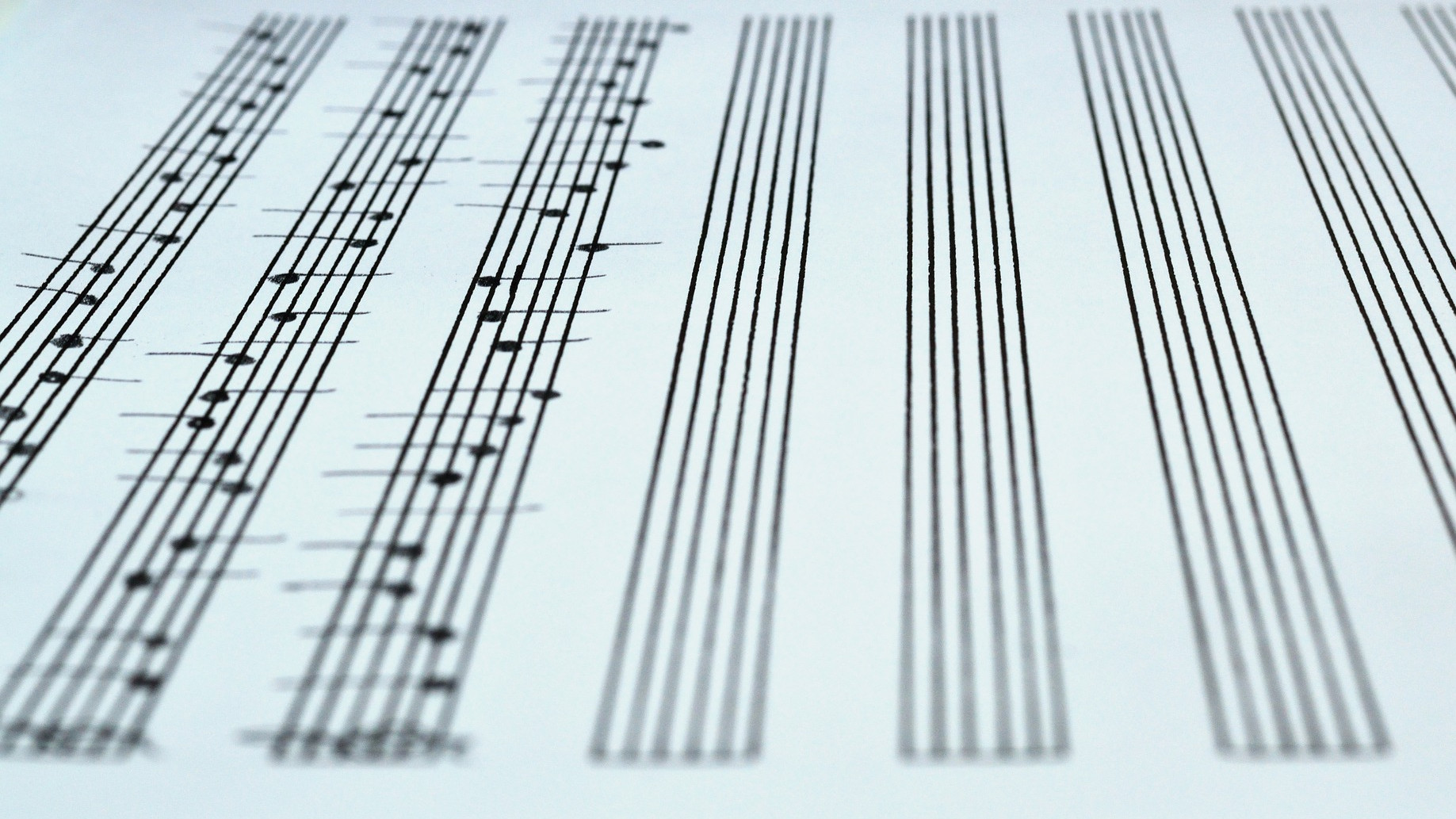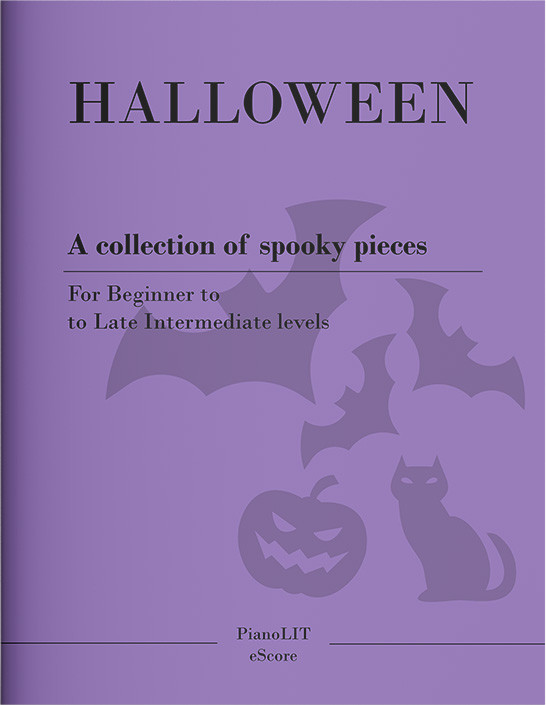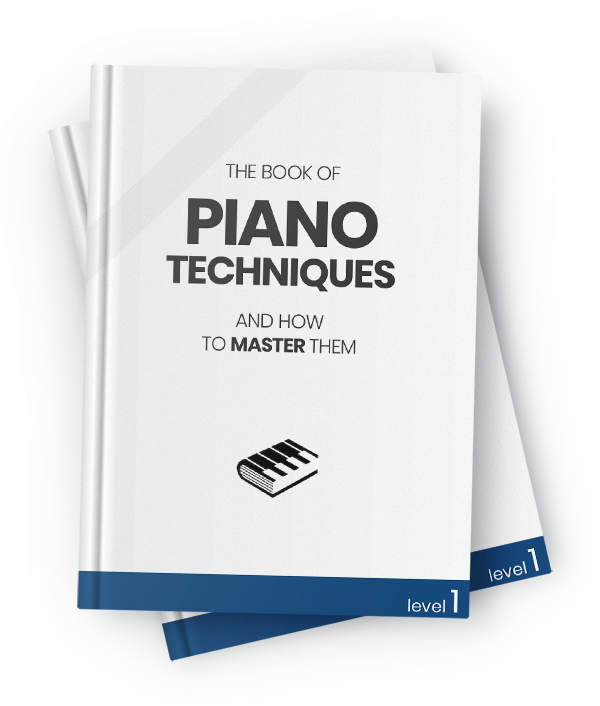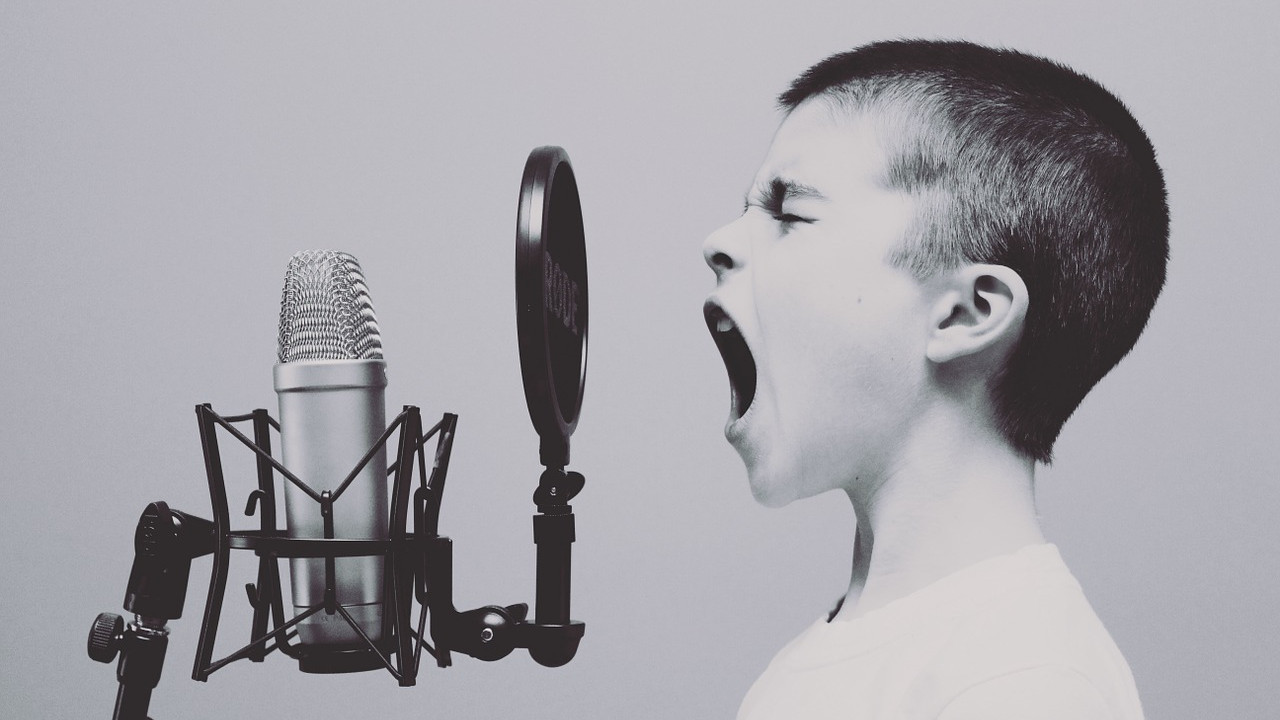This quiz has 14 questions and it shouldn't take more than 2 minutes to complete.
Are you ready to start?
Yes, let's do this!
Question 1 of 14
Q
a) Indicates that you should hold that note for as long as you want
b) It extends the note by half of its original value
c) It makes it short and crisp
d) Indicates that you should play it louder
Question 2 of 14
Q
a) It is the same thing, but tells you not to connect them
b) It connects only two notes that are not the same
c) It connects only two notes that are the exactly the same and it merges them together
d) It indicates the length of a phrase
Question 3 of 14
Q
a) Tritone
b) Syncopation
c) Anacrusis
d) Triplet
Question 4 of 14
Q
a) G E C
b) C E G
c) E G C
d) C G E
Question 5 of 14
Q
Question 6 of 14
Q
a) The harmonic raises both the 6th and 7th note of the scale
b) The harmonic makes the 6th note flat
c) The harmonic skips the 4th note on the way up
d) The harmonic raises the 7th note of the scale
Question 7 of 14
Q
a) The number of measures in the piece
b) The note that gets the beat
c) The number of beats per measure
d) How many seconds you should wait before playing the piece
Question 8 of 14 Q
a) piano
b) crescendo
c) decrescendo
d) ritenuto
Question 9 of 14
Q
a) How many sections the piece has
b) How many seconds you should wait before playing the piece
c) The number of measures in the piece
d) The note that gets the beat
Question 10 of 14
Q
Question 11 of 14
Q
a) B C D E F# G A
b) B C# D# E F# G A
c) B C# D# E F# G# A#
d) B C D# E F# G# A#
Question 12 of 14
Q
a) A 4th and a 5th
b) A 3rd and a 5th
c) A 2nd and a 4th
d) A 3rd and a 6th
Question 13 of 14
Q
a) G augmented
b) G major
c) G diminished
d) G minor
Question 14 of 14
Q
a) C major
b) C diminished
c) C minor
d) C augmented



